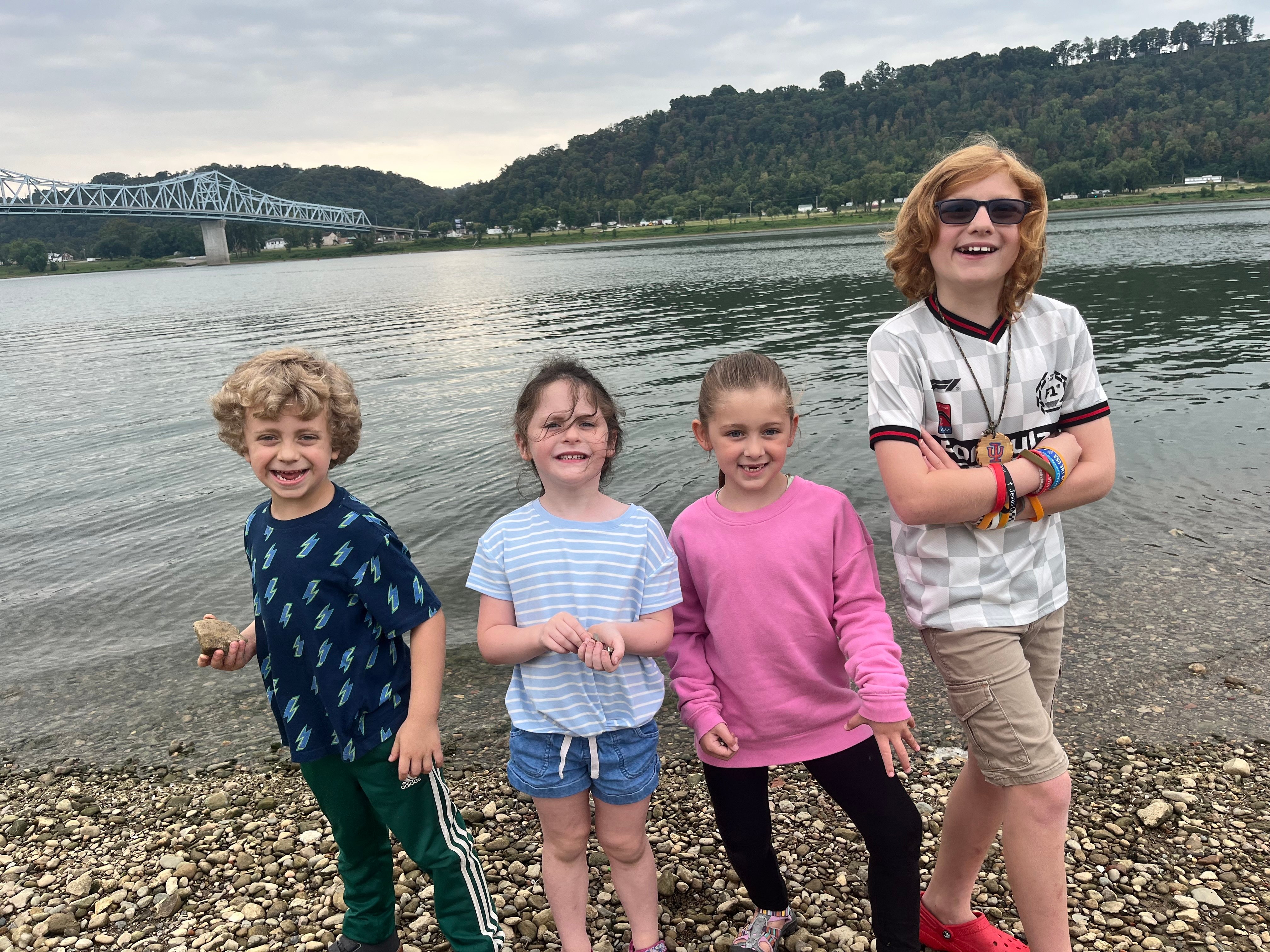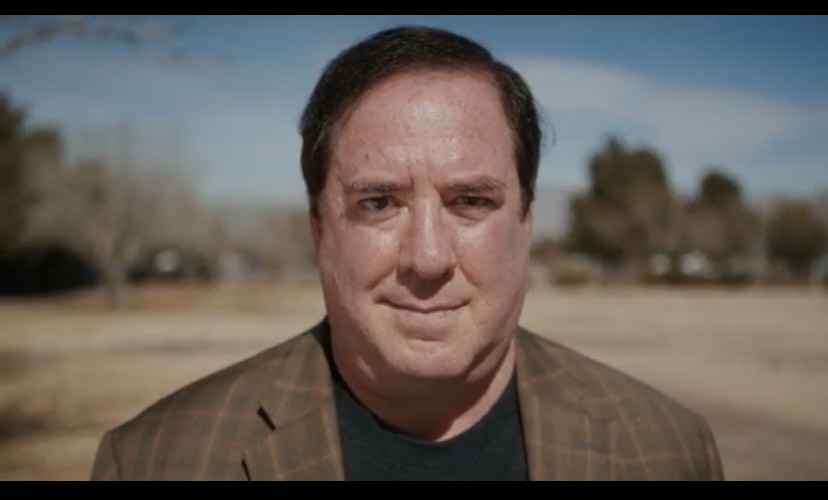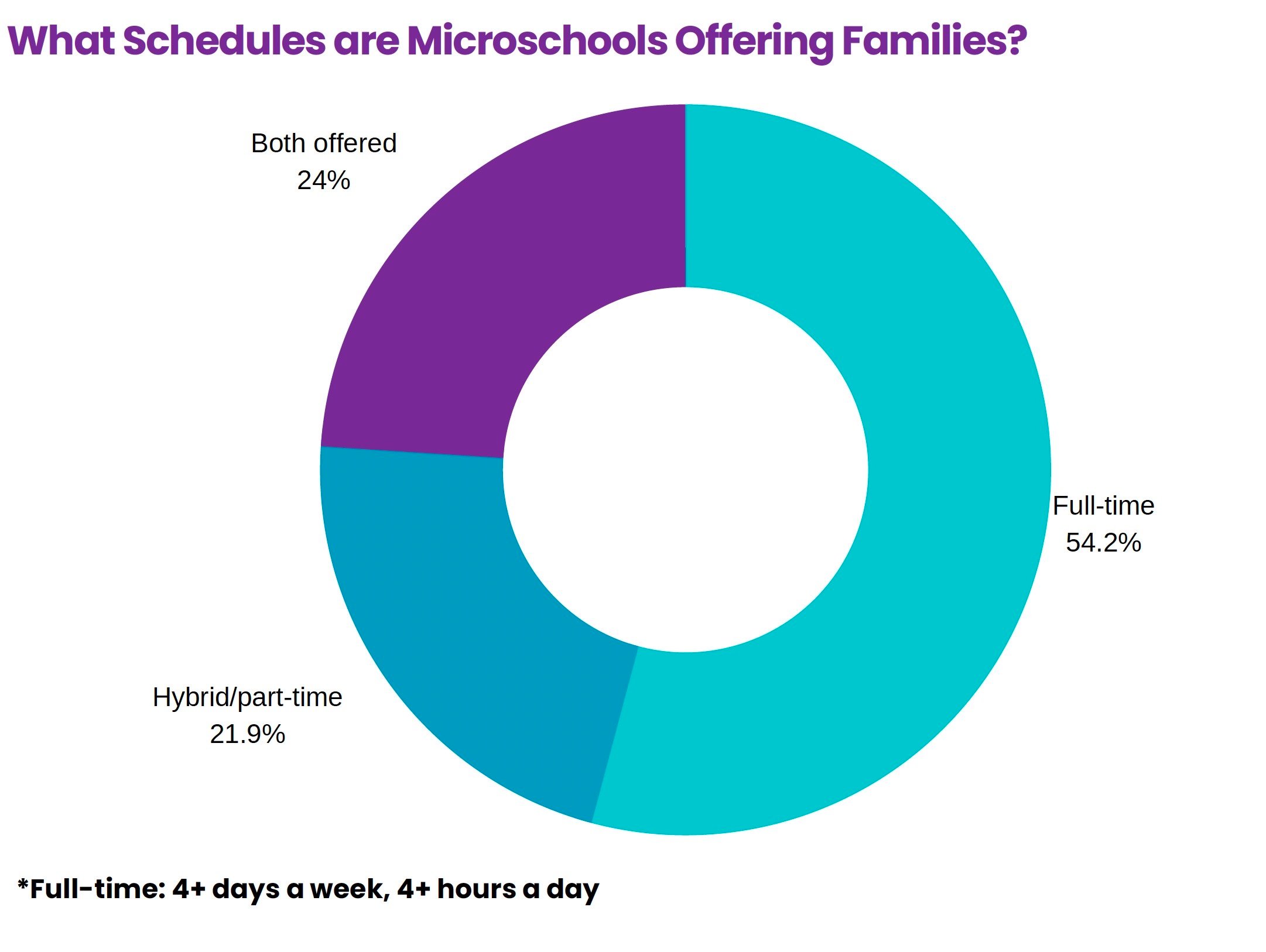Some Guiding Thoughts on Effective Public Microschools
The FRIAR of Microschooling

For decades, families in rural America have faced a persistent challenge: limited educational options. Small and nimble, microschools, have emerged as powerful catalysts for educational transformation in rural communities. These innovative models are not just providing alternatives; they're fundamentally changing what's possible in places where educational innovation has historically been limited.
Rural families face unique challenges that microschools are uniquely positioned to address:
Geographic Isolation: Many rural families live far from educational resources, facing long commutes or limited program options. Microschools operate in unconventional spaces, such as community centers, churches, homes or even converted barns, bringing quality education closer to where families live. By bringing education closer to families, microschools also bring together communities.
 As Sarah Horn, founder of Kairos Academy in Madison, IN tells us, “My students are not just students that I see in the school setting, our lives and paths cross in multiple different ways, such as church or rec league sports. There is a high probability that I will run into them at the grocery store, restaurant, or at a birthday party…I get to really be a part of my students’ lives…Additionally, I knew almost all of my current students before they enrolled. These families already trusted me, and it made their child’s transition to my microschool much easier.”
As Sarah Horn, founder of Kairos Academy in Madison, IN tells us, “My students are not just students that I see in the school setting, our lives and paths cross in multiple different ways, such as church or rec league sports. There is a high probability that I will run into them at the grocery store, restaurant, or at a birthday party…I get to really be a part of my students’ lives…Additionally, I knew almost all of my current students before they enrolled. These families already trusted me, and it made their child’s transition to my microschool much easier.”
Teacher Shortages: Microschools create new and creative opportunities for educators seeking the chance to really connect with their students and families and provide a style of teaching and learning that their students need. Microschools also provide talented community members with specialized knowledge to contribute to education (and give back to their community) without traditional certification barriers.
Limited Course Offerings: Small rural schools frequently can't offer specialized courses or advanced programs. The flexibilities allowed within microschooling allows leaders to tailor their curriculum to local needs while leveraging technology to connect students with specialized instruction beyond their immediate community. Many microschool leaders use platforms to connect their students with students and other educators across the country, finding affordable ways to bring unique classes to their microschool.
One-Size-Fits-All Approaches: A traditional setting is typically a one-size-fits-all approach, which doesn’t work for rural communities. Microschools embrace multi-age groupings and personalized learning pathways that adapt to each student's needs, interests, and pace. This is ideal for a rural setting where multi-age groupings allow for a small community to fill a microschool.
Microschools are bringing access to innovative learning environments to rural communities by:
Creating Viable Alternatives:
 “In an area where only a few school options exist, it’s been rewarding to get to provide a school that
“In an area where only a few school options exist, it’s been rewarding to get to provide a school that
families had been hoping to see,” - Sarah Horn
The flexibilities that microschools have in regards to facilities, staffing and curricular components allows a microschool to keep operating costs significantly lower than traditional settings. The lower costs allow for a sustainable model with fewer students attending, making microschool ideal for rural towns.
Embracing Hybrid Models: Creating models that allow for in-person instruction part-time and working from home, mentorships and/or internships, and other learning experiences on home days allow rural families the affordability and flexibility they need. This flexibility is ideal in remote settings where traveling to a physical school location might not be feasible daily.
The impact of microschools extends beyond merely providing alternatives—they're delivering results that matter to families and communities:
Academic Growth: Our research shows that, “among microschools that track academic growth data of students over time, 81 percent reported between 1 and 2 years of academic gains during one school year.”
Deeper Learning: Rural microschools frequently utilize community settings in their educational approach, connecting learning to local contexts and real community needs. Students tackle authentic challenges, from environmental conservation to local economic development, developing critical thinking and problem-solving skills through meaningful work.
Community Revitalization: In some rural communities, microschools have become anchors for broader renewal. By creating educational options that attract and retain families, they help stabilize population trends and support economic development. Some communities have seen young families relocate specifically because of innovative microschool options.
Preservation of Rural Values: Many rural microschools intentionally incorporate local culture, agricultural practices, and community values into their educational models, helping preserve rural traditions while preparing students for future opportunities.
Rural microschools take various forms, each with distinct advantages:
Parent Cooperatives: These parent-led microschools distribute responsibilities among families, often with a lead educator providing instructional guidance. They typically operate with lower costs and high parent engagement.
TeacherLed Models: This is what we see the most often at the center: experienced educators starting microschools, bringing professional expertise while maintaining independence from larger systems. This allows an educator the ultimate flexibility to design a program that meets community needs.
Public Microschools: Some districts are launching their own microschool programs, preserving public funding while creating more personalized options. These may operate as magnet programs, charter schools, or innovative district schools.
Hybrid Faith-Based Models: In many rural communities, churches provide facilities for microschools that blend academic excellence with values-based education, serving families seeking alignment with their religious traditions.
Business-Supported Partnership Models: Forward-thinking rural businesses are partnering with microschool leaders, recognizing that educational innovation helps attract and retain workforce talent in their communities.
While promising, the rural microschool movement faces important challenges:
Regulatory Frameworks: State regulations regarding homeschooling, private schools, and public education alternatives vary widely, creating complex compliance landscapes for microschool founders.
Local approval obstacles: Often, microschool founders rely on approval to operate from municipal or county officials whose loyalties do not extend to innovative schooling opportunities. In many cases, founders are delayed unreasonably for permits or zoning approval or told to pay for prohibitively expensive improvements on facilities they are only seeking for short-term commercial leases.
Sustainable Funding: Creating financially sustainable models that remain accessible to all families requires creative approaches, especially in communities with limited resources.
Equity Concerns: Ensuring microschools don't exacerbate existing inequities requires intentional design and policy support. The most successful rural microschool initiatives actively work to serve diverse populations.
Join the Movement
Whether you're a parent seeking better options for your children, an educator dreaming of creating something new, or a community leader looking to strengthen your rural area's future, microschools offer promising possibilities. The National Microschooling Center provides resources, networking, and support for those interested in exploring or launching microschools in rural settings. Our Florida Field Coordinator, Tonya Kipe, is focused on rural microschooling and is the go-to resource for rural founders and leaders.
The future of rural education isn't just about preserving what exists—it's about reimagining what's possible when communities take ownership of creating educational environments that truly serve their children's needs.

The FRIAR of Microschooling

The profound diversity of America's microschooling sector is found across many aspects and dimensions of the work they do to support their learners...